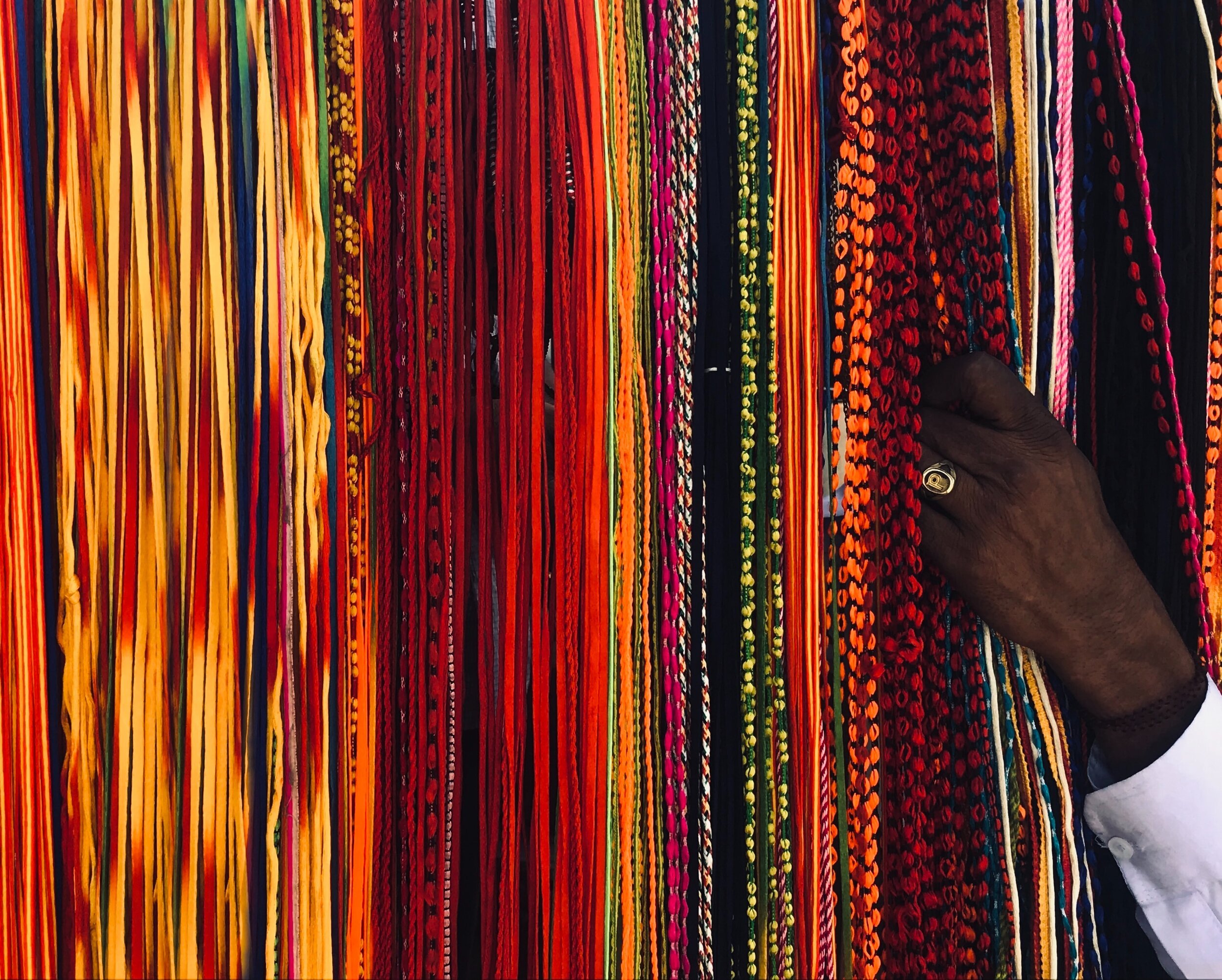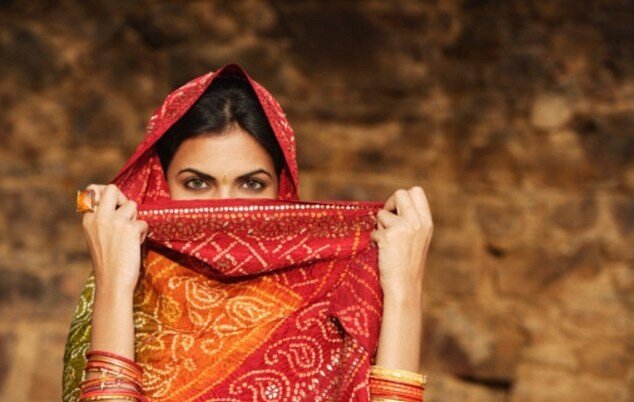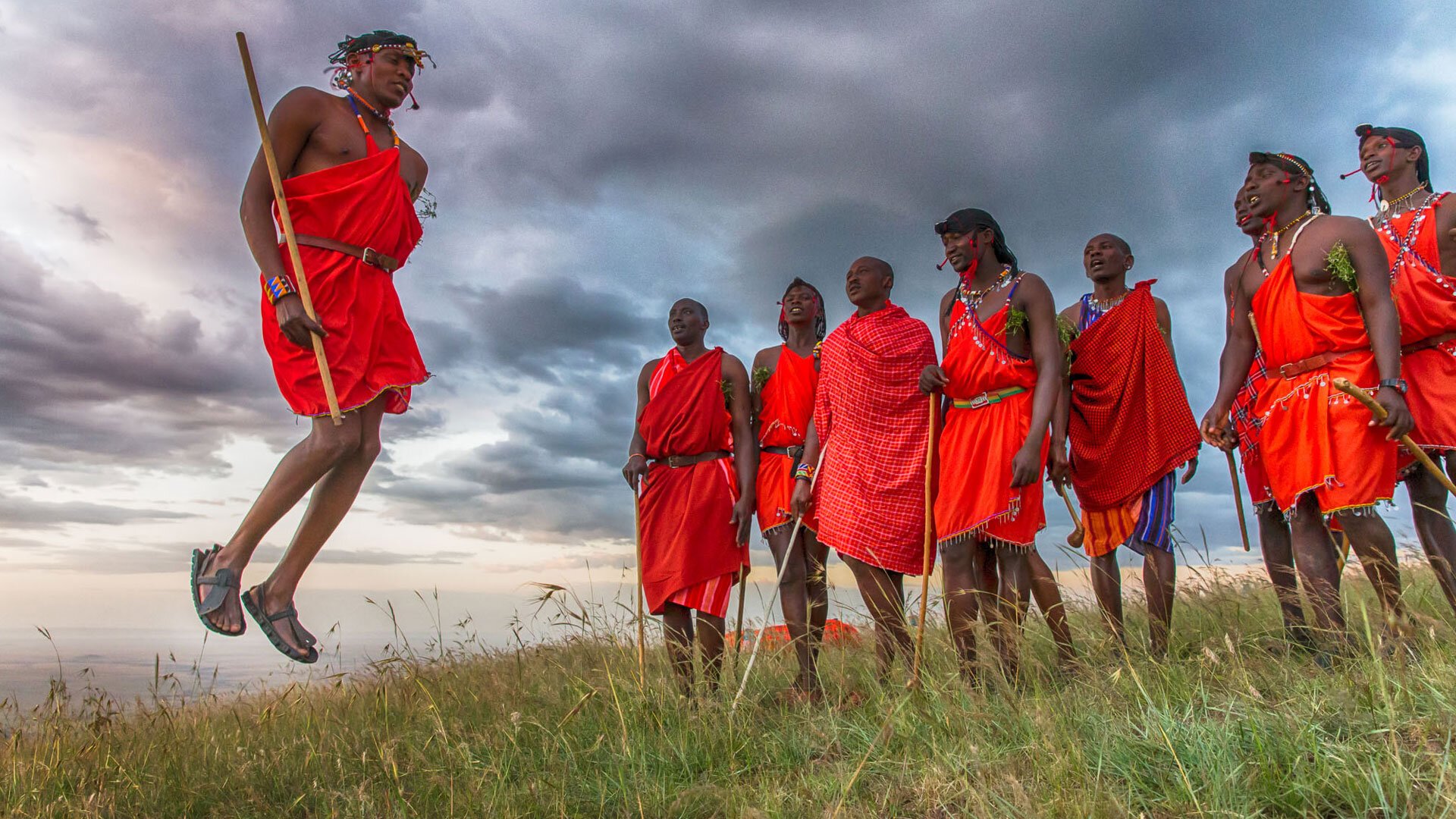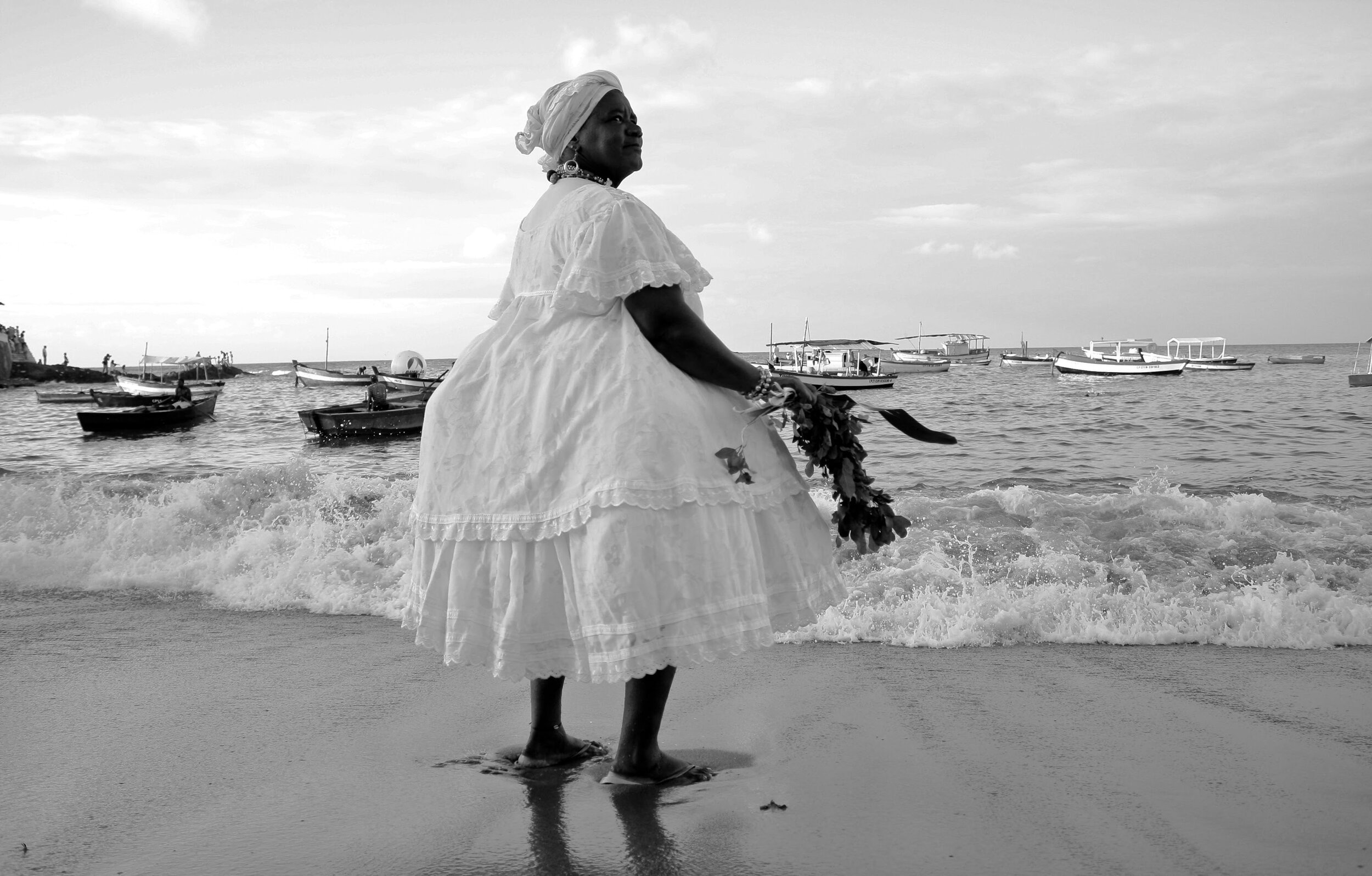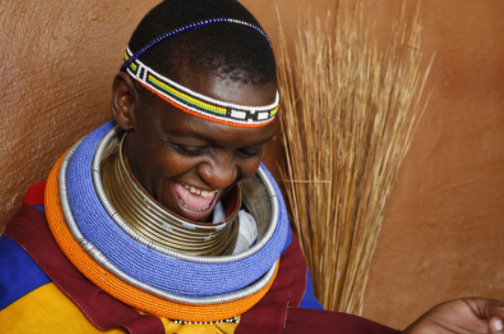Seven Traditional Garments From Around The World
The cultural tapestry of any great people are reflected in the garments they wear for religious purposes, in the fray during battle and for ceremonies of merriment.
One of the many joys of traveling internationally is being able to see the intricate details and amazing colors present in some of the traditional clothing witnessed all over the world. The symbolism found in every thread of fabric informs those new to its touch and appearance of both the cultural and historical significance of the garment and those who’ve made and worn the article of clothing. It is integral to our growth as a traveler to take time to learn more about other places in the world rather than just about adding another stamp to your passport. Here are seven beautiful garments you may come across when taking your next adventure.
Woman posing in a vividly-designed sari. (Photo Credit: The Daily Mail)
The Sari/Saree - India
We’ve all seen this gracefully flowing dress sometime in our life whether it was on television or possibly in person. This style of traditional clothing is worn by women in India and also in Sri Lanka, Pakistan, Bangladesh and Nepal. The sari is a non-stitched long-length fabric that ranges from three-and-a-half to nine yards in length. The ensemble includes a top, underskirt and long-length fabric. Saris are passed down generations and are associated with various memories such as weddings and other celebrations. It dates back to 1500 BCE and was worn by the women in the Indus Valley Civilization that stretched across South Asia--with a section of it running through northwestern India. Throughout generations, this traditional garment has and continues to represent the rite of passage to adulthood and the symbol of independence for young women. The Sari has changed in many ways to evolve with the times and has become high-fashion in non-Indian circles.
Maasai Warriors of Kenya getting ready for the hunt under gray skies. (Photo Credit: andBeyond)
The Shuka - Kenya
This piece can be found in East African countries, predominantly in the mountainous terrains of Kenya and Tanzania. The Maasai, the people who are known for their cultural customs that keep them very close to nature with villages in proximity to game parks, are the wearers of this well-recognized item of traditional clothing. Maasai men are known for being strong and powerful warriors who hunt for food. The red Shuka cloth is often referred to as the ‘African Blanket’. This cloth does resemble a plaid pattern, but it is not influenced by the Scottish missionaries they traded with who arrived in the late 1800s. The Maasai made leather out of buffalo skin and made dyes from clay, plants and crushed insects for color before the arrival of colonists. Other pieces of this attire include a colorfully beaded necklace and their sharpened-iron Lion Spear.
Jamaican school children dancing wearing their Quadrille outfits. (Photo Credit: DigJamaica.com)
Quadrille Dress - Jamaica
The Quadrille dress is a folk costume worn by women for celebrations and dances. Cotton and linen are the fibers used to make this traditional garment. It is also known as Jamaica’s national dress and includes a bandanna skirt, blouse, head tie and ruffled sleeves. Today, it is mostly worn for dances, but still pays homage to the attire the natives wore on a daily basis in the 18th Century. This dress can also be found in Haiti where it is known as the ‘Karabela’ and in the Dominican Republic where it is called the ‘Kwadril’ dress. Some of the traditional clothing in Jamaica is inspired by Rastafarianism that links itself to the legend of Ethiopia's great leader, Haile Selassie, which includes the colors gold, green and red of the African country’s flag and are vibrant enough to represent the beauty of the island.
A Baiana making an offering of flowers to the goddess Yemaya (Iemanja).
Brazil - Traditional Baiana Garb
Brazil is a racial melting pot heavily influenced by peoples from both Africa and Europe. Due to the various cultures within this country, Brazil does not have one specific national dress or outfit to fully represent its diversity in race and beliefs. Each region has its own unique style of traditional clothing. The types of clothing are often based on climate, tradition and ethnic group inhabiting the province. In the Bahia state, on the country’s northeastern coast, the traditional Baiana garb is a mainstay. It's made from an embroidered, lightweight fabric that still flows in the humidity at The Equator. Bahia has great ties to African culture mainly inspired by the Candomblé—an extension of the Yoruba religion—stretching back across The Atlantic to Nigeria. The dress very similarly by wearing flowing skirts, shawls, and a head wrap worn to worship the ‘white deity’—Oxalá. These dresses are colorful, airy and decorated with vibrantly beaded accessories.
Four stunning ensembles of Thailand’s garment of choice—the Chut Tai Chakkri. (Photo Credit: Sirinya’s Thailand)
Chut Tai Chakkri - Thailand
The Chut Tai Chakkri dress is one of the most popular garments in Thailand and is well known throughout the world. This very formal dress is made by using the Yok Weaving technique--a method that creates thickness within the fabric with no extra threads. Elegance is synonymous with the Chut Tai Chakkri. The outfit includes a tube skirt, a top made from a silk tube and a Sabai, with the shawl wrapping around the body. Touches of gold and silver add to the elegance of this nationally treasured dress. Women often wear jewelry to accent and complete the ensemble as it is worn for very formal occasions.
The various colors and designs of Peru’s beloved poncho.
The Poncho - Peru
Visitors from all over the world have traveled to Peru just to see Machu Picchu, the intricately designed 15th Century Inca citadel sitting over 7,000 feet high in South America’s impressive Andes mountain range. Another timeless model of intricacy seen many desire to see up close is one the most internationally recognized pieces of traditional clothing worn by the Quechua people in the Urubamba Province--the poncho. Often woven by hand using one of the hundreds of colors of naturally-dyed yarn, this piece of traditional clothing generationally made for Andean men is worn by everyone as a functional item to brace against fierce gusts of wind making for low temperatures. This garment has also found a home on some of the international runways as the fashion world has used it for inspiration to create new lines. As modernity starts to encroach on the timeless clothing that is a part of Peru’s history, the poncho remains a fixture the tapestry of the region as items such as the Lliclla (a woman’s cape) and jobana (wool jacket for women) are donned fewer as time goes on.
An Ndebele woman wearing the long beaded wheel necklace along with other accessories.
Ndebele Long Beaded Wheel Necklace - South Africa
There are many tribes throughout modern-day South Africa who are the living, breathing embodiment of the deep-running bloodlines still present in the people. The Ndebele are in that same line. One of their most cherished items of traditional clothing is threadless. The long beaded wheel necklace worn by the women of Ndebele is synonymous with the people as they are with the colorful geometric designs of their homes. Its intricate beadwork matches the bracelets of this proud tribe. Symbolism fuels the colors and patterns that represent everything from rites of passage to the ceremony of marriage. You can see this pre-colonial accessory in South Africa today and is a keepsake for many around the world.

